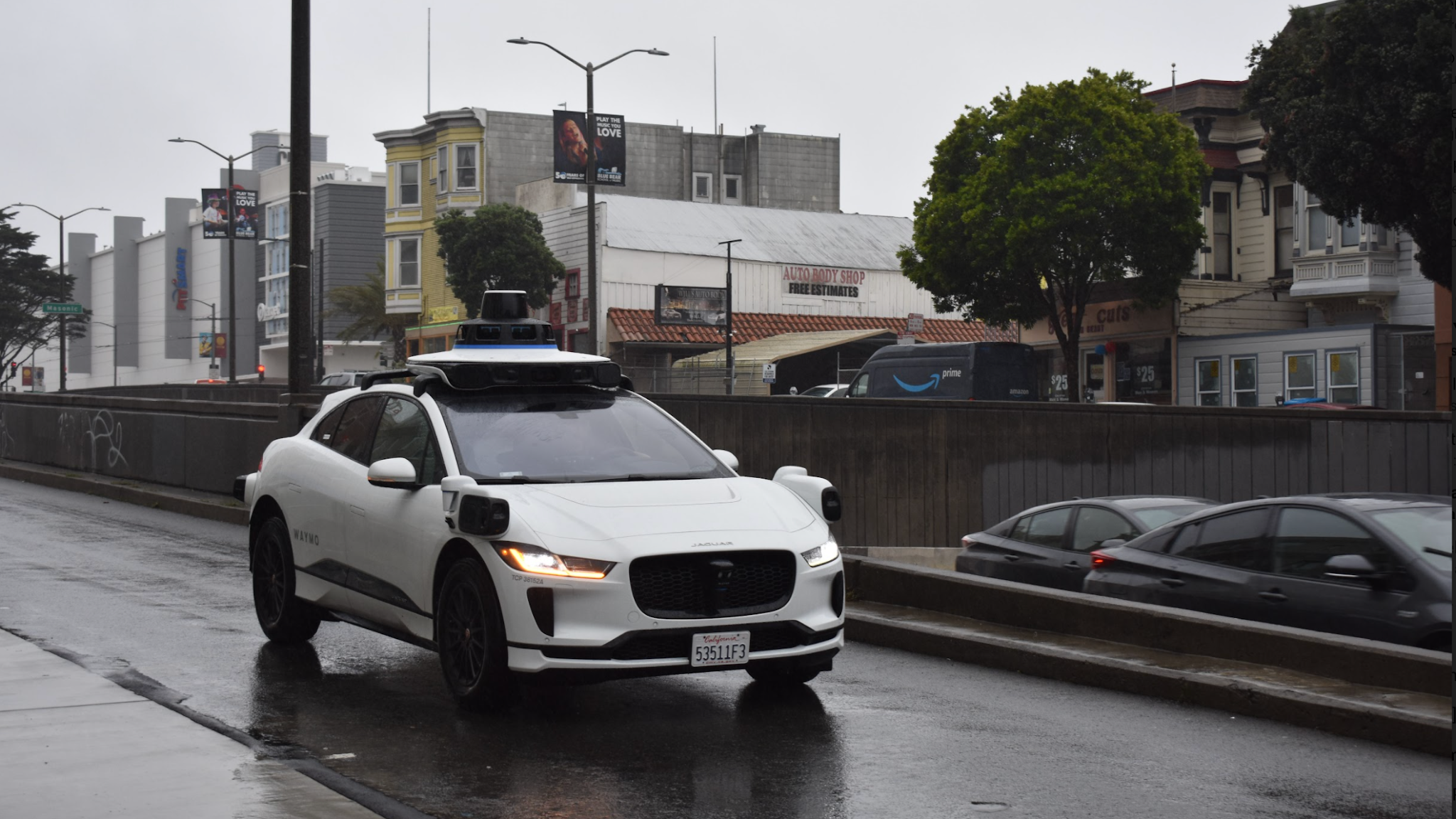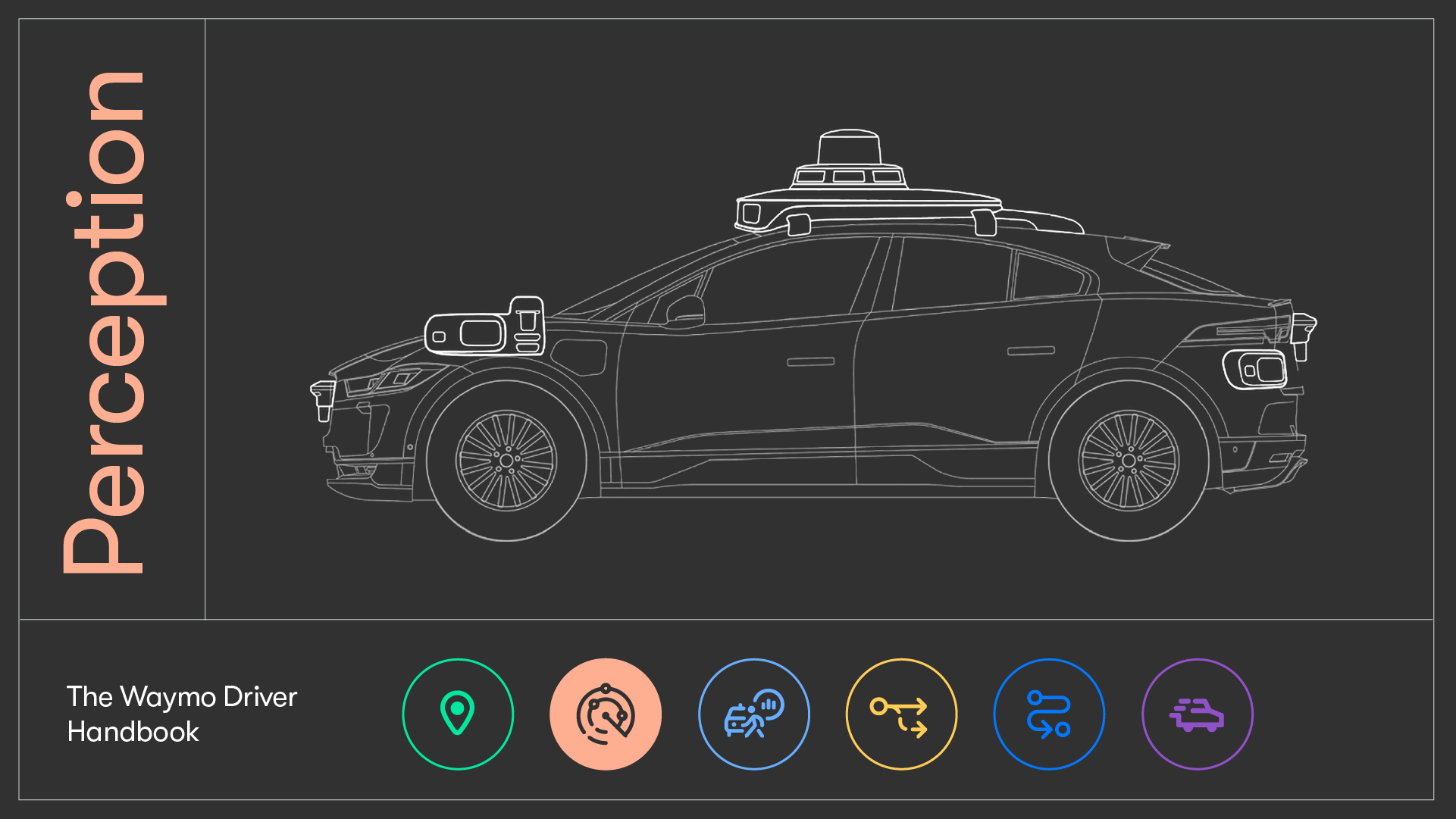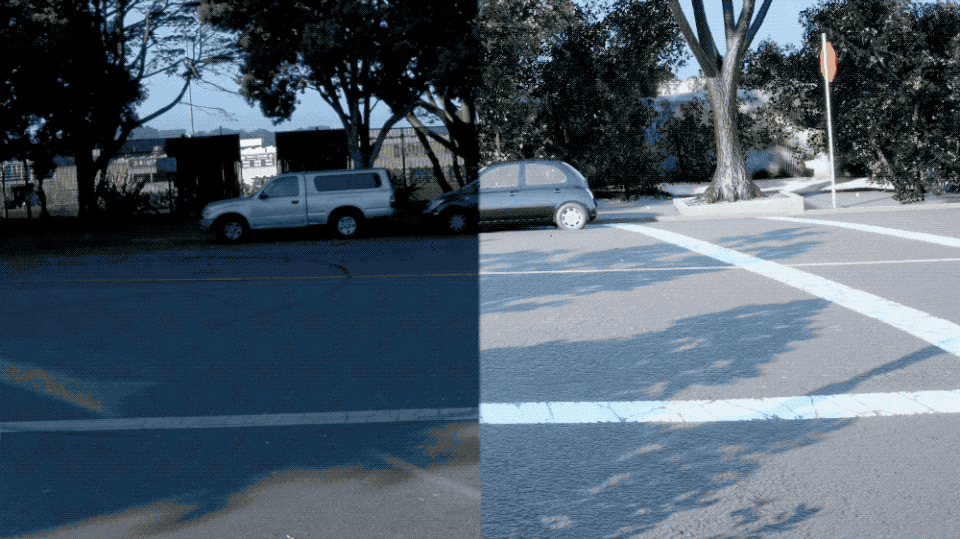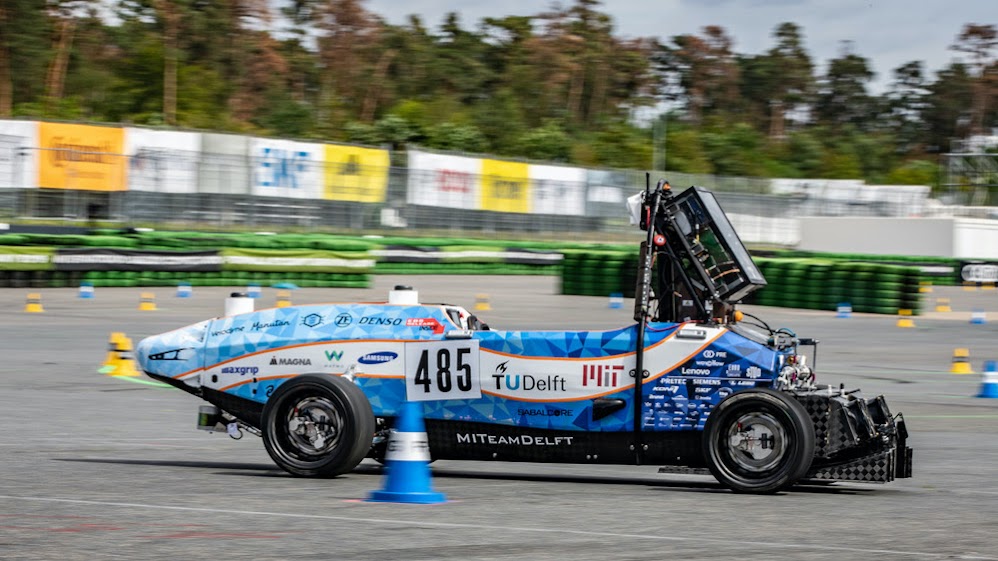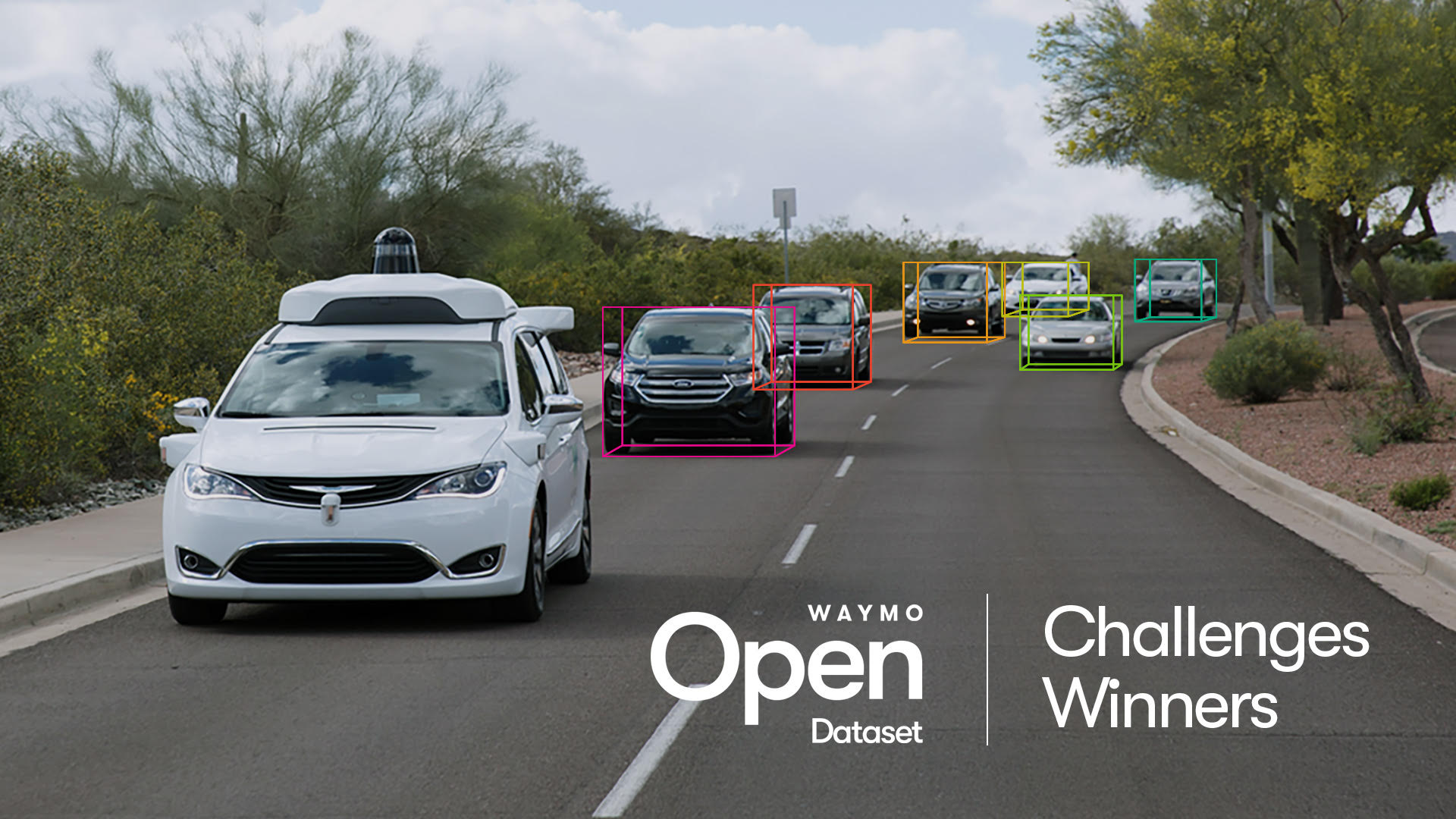Monday, November 15, 2021
Thursday, October 28, 2021
The Waymo Driver Handbook: Teaching an autonomous vehicle how to perceive and understand the world around it
Thursday, August 19, 2021
How we’ve built the World’s Most Experienced Urban Driver
Here’s our autonomous driving system—the Waymo Driver—in San Francisco earlier this year. It’s the kind of journey we’ve made tens of thousands of times since we first started driving autonomously in the city in 2009. As the Waymo Driver navigates dozens of vehicles and pedestrians, it’s met with a huge variety of other road users—from double-parked vehicles whose riders can hop out at any second, to scooters cutting across traffic even when they have a red light.
Tuesday, July 6, 2021
Simulation City: Introducing Waymo's most advanced simulation system yet for autonomous driving
Monday, June 14, 2021
Beyond the bike lane: How we've built the Waymo Driver to share the road with cyclists
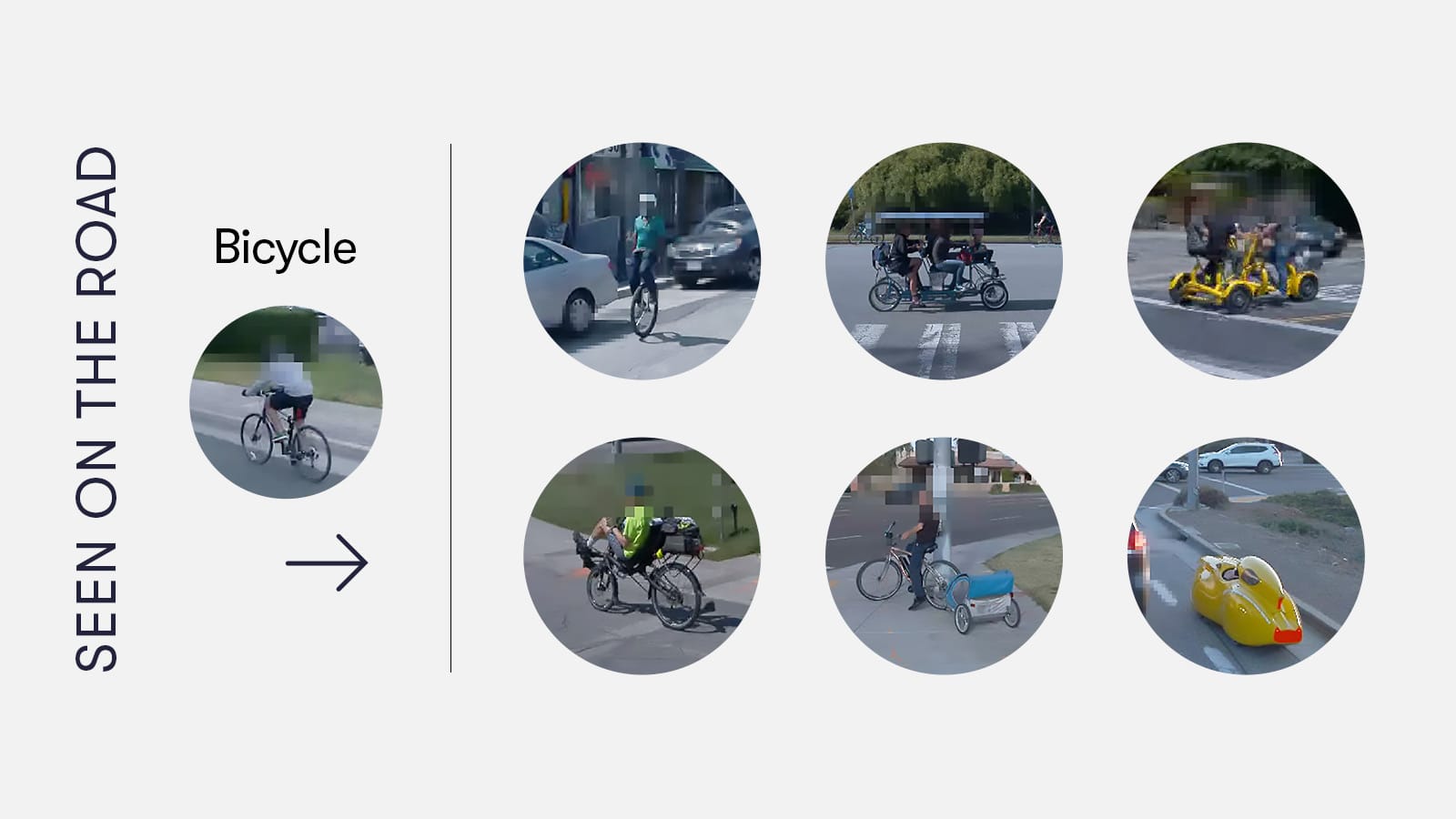
Wednesday, March 10, 2021
Expanding the Waymo Open Dataset with Interactive Scenario Data and New Challenges
Wednesday, February 17, 2021
Expanding our testing in San Francisco
Friday, October 30, 2020
Sharing our safety framework for fully autonomous operations
On October 8th, Waymo opened its fully autonomous ride-hailing service to the general public in Phoenix. Right now members of the public are hailing vehicles with no human driver controlling the car – either in the vehicle or remotely – to help them get to where they’re going as part of their everyday lives.
Monday, September 21, 2020
The Waymo Driver Handbook: How our highly-detailed maps help unlock new locations for autonomous driving
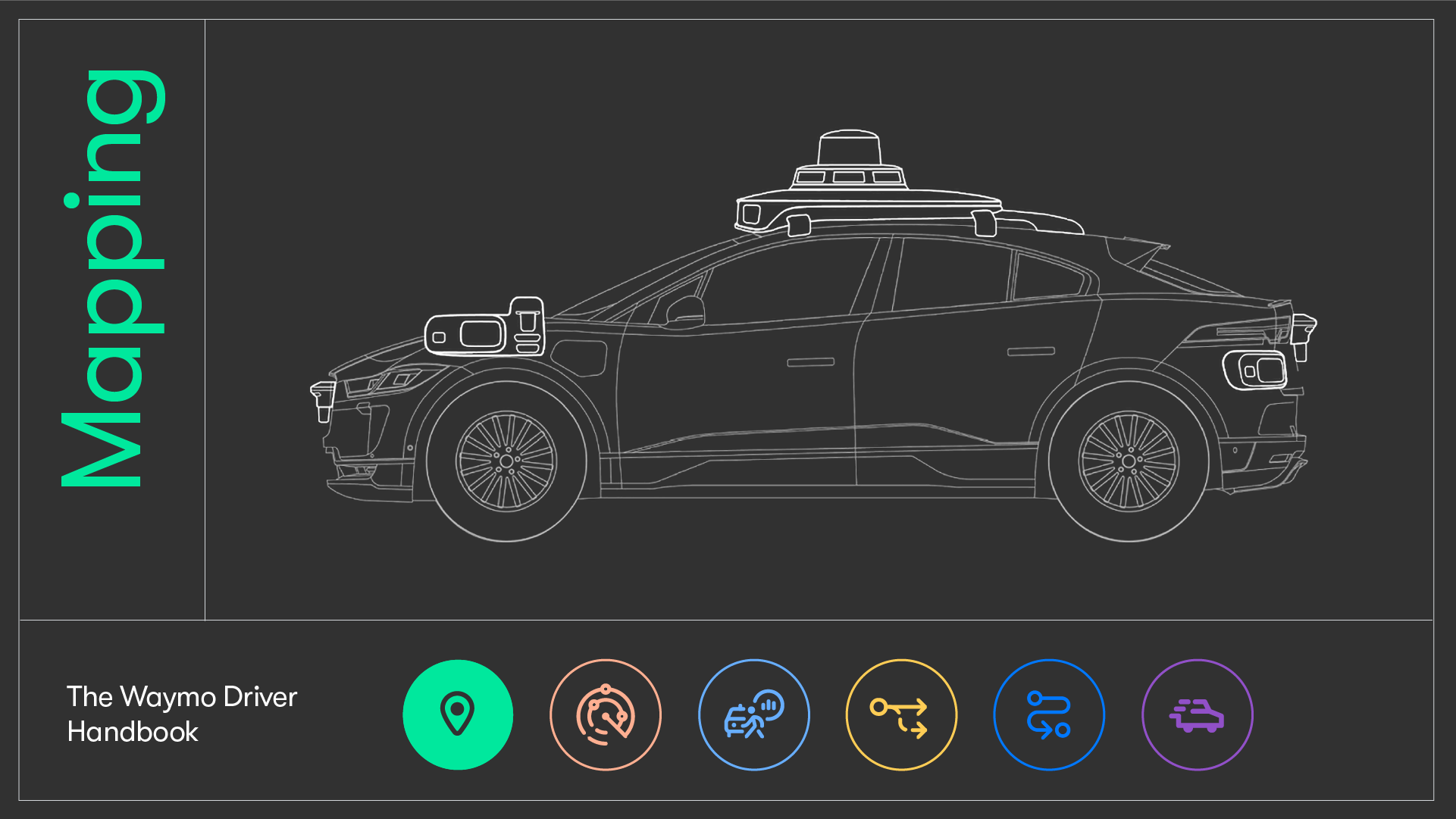 For any emerging technology to be trusted, it helps to first be understood. In the past, people could see how their cars worked, looking under the hood and tinkering with them with the help of a user manual. In 2020, vehicles have so much technology that they’ve become difficult for the general public to comprehend. We want to change that. With this blog series, we’ll unpack the different parts of our technology stack to explain the fundamentals of self-driving technology. How does the Waymo Driver perceive the world? How does it learn to understand its surroundings? How can it predict the intentions of other drivers and pedestrians? And how does it keep our riders safe? We’re starting with one of the foundational questions: how does a self-driving car know where it is?
For any emerging technology to be trusted, it helps to first be understood. In the past, people could see how their cars worked, looking under the hood and tinkering with them with the help of a user manual. In 2020, vehicles have so much technology that they’ve become difficult for the general public to comprehend. We want to change that. With this blog series, we’ll unpack the different parts of our technology stack to explain the fundamentals of self-driving technology. How does the Waymo Driver perceive the world? How does it learn to understand its surroundings? How can it predict the intentions of other drivers and pedestrians? And how does it keep our riders safe? We’re starting with one of the foundational questions: how does a self-driving car know where it is? Thursday, September 10, 2020
The Waymo Driver’s training regimen: How structured testing prepares our self-driving technology for the real world
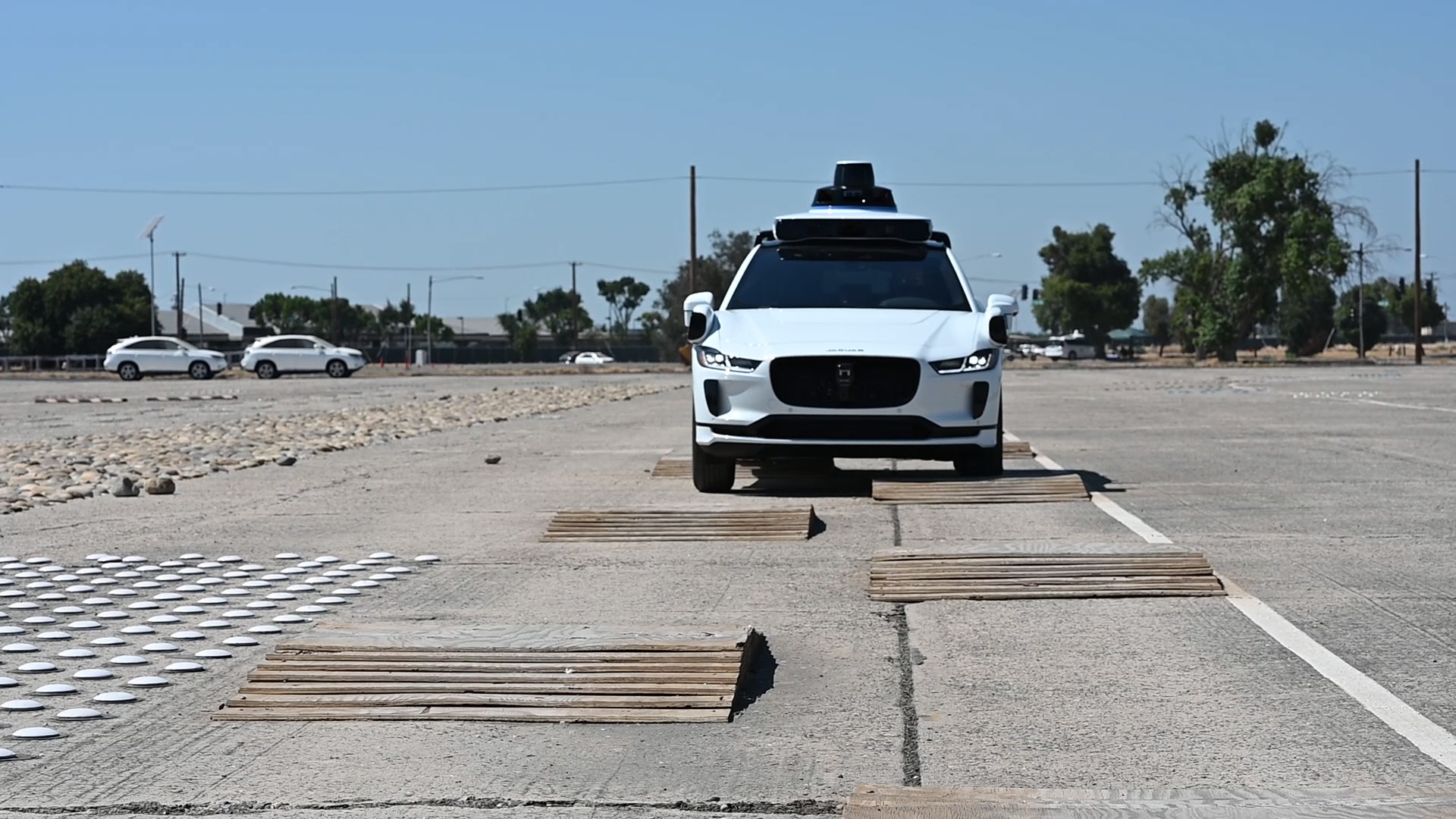
Imagine a tiny city where you control everything that happens on the streets. You manage how many cars zip down the roads and how fast they are going. You dictate how many cyclists are on a roundabout or whether they follow the road rules. The “weather” around the vehicle can change multiple times a day from blue skies and sunshine one minute to heavy rain showers the next, but only if you want it that way. One may say such a city doesn’t exist, but if you drive out to the middle of Merced County in California, you’ll find it at Castle, a former Air Force Base our team uses to help build the World’s Most Experienced Driver™.
Tuesday, August 11, 2020
Racers on your mark: Creating a space for students to engage with the full self-driving stack
Monday, July 13, 2020
Meet the Winners of the Waymo Open Dataset Challenges
Thursday, May 14, 2020
VectorNet: Predicting behavior to help the Waymo Driver make better decisions
Tuesday, April 28, 2020
Off road, but not offline: How simulation helps advance our Waymo Driver
Wednesday, April 22, 2020
In the driver's seat: footage from our 2009-2010 1,000 autonomous mile challenge
Thursday, April 2, 2020
Using automated data augmentation to advance our Waymo Driver
Thursday, March 26, 2020
Designing the 5th-generation Waymo Driver
Thursday, March 19, 2020
Announcing Waymo’s Open Dataset Virtual Challenges
 Last August, we invited the research community to join us in accelerating self-driving technology with the release of one of the largest multi-sensor self-driving datasets available today. Even as COVID-19 continues to develop, we are committed to fostering an environment of innovation and learning - one that can continue to grow and thrive in our temporarily virtual world. That is why today, we are launching the next phase of our program: expanding the Waymo Open Dataset by an additional 800 segments and inviting researchers to participate in Waymo’s Open Dataset Challenges.
Last August, we invited the research community to join us in accelerating self-driving technology with the release of one of the largest multi-sensor self-driving datasets available today. Even as COVID-19 continues to develop, we are committed to fostering an environment of innovation and learning - one that can continue to grow and thrive in our temporarily virtual world. That is why today, we are launching the next phase of our program: expanding the Waymo Open Dataset by an additional 800 segments and inviting researchers to participate in Waymo’s Open Dataset Challenges.Wednesday, March 4, 2020
Introducing the 5th-generation Waymo Driver: Informed by experience, designed for scale, engineered to tackle more environments
Thursday, February 6, 2020


